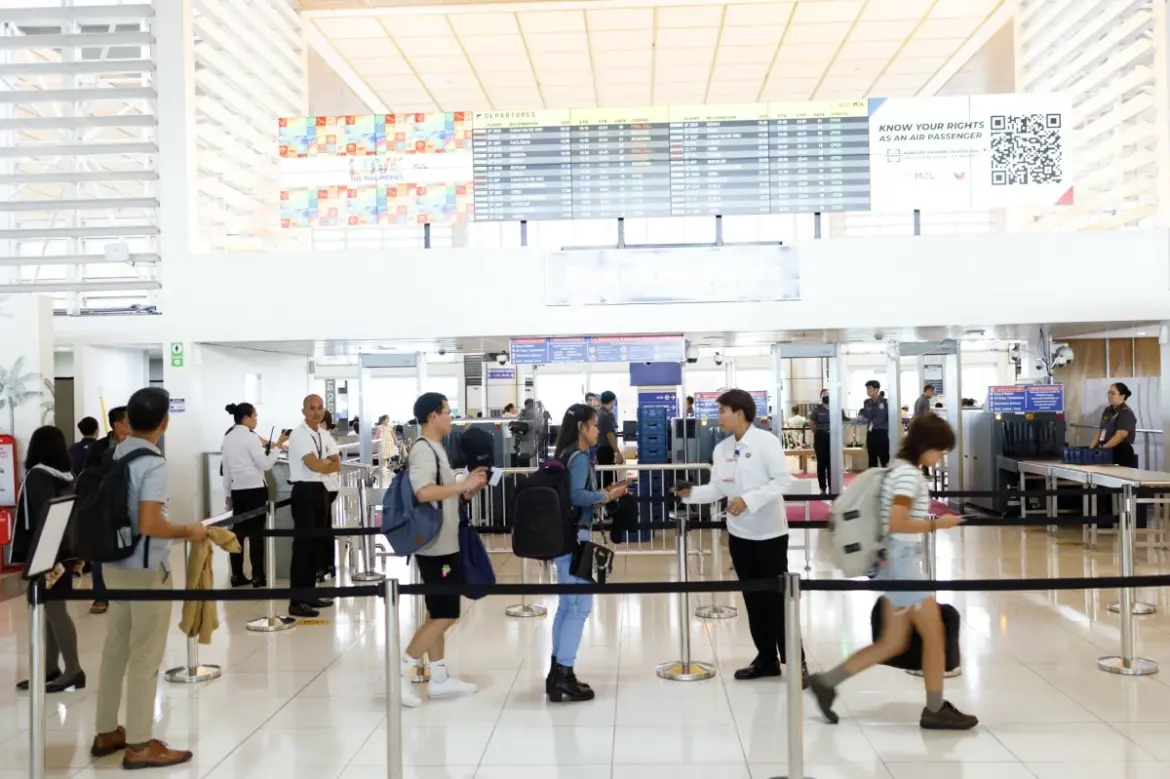Published Jun 9, 2025 12:00 am
|
Updated Jun 7, 2025 02:50 pm
The Civil Aeronautics Board (CAB) is seeking to establish new commercial agreements with Korean and Japanese airlines, which would provide American carriers with wider access to the Philippines, thereby driving growth to the country’s popular tourist destinations.
CAB Executive Director Carmelo Arcilla stated that he recently held talks with airlines from South Korea and Japan regarding agreements that would make travel more seamless for Filipinos.
He said this includes third-country codesharing, which would enable airlines from the Philippines and the United States (US) to link with a Korean or Japanese airline to provide a seamless route between the two countries.
By harnessing the airlines of the two East Asian countries, Arcilla said it would entice US carriers to operate in the Philippines, given its commercial viability compared to the more costly direct flights.
For travelers, third-country codesharing would see a flight to Manila, for instance, be sold as a single ticket.
“It also has benefits for the customer because the flight will be seamless. You only buy one ticket, you only deal with one entity. They have sharing of lounges, frequent flyer programs. So in terms of marketing and convenience for the passengers, it gives advantages,” Arcilla said in an interview last week.
The official stated that expanding access for US carriers is part of the government’s ongoing effort to attract more American tourists to visit the country.
Data from the Department of Tourism (DOT) showed that the US was the country’s second top source of foreign tourists last year, with arrivals increasing to over 1.07 million visitors from 1.04 million in 2023.
Arcilla mentioned that the ongoing “political upheavals” in the US could affect the number of inbound visitors this year. Several reports indicated that America’s new tariff policy is affecting its domestic and international tourism.
Once these issues “settled down,” he said this would open a “very big potential” for the local tourism industry.
“There are many Americans traveling [but] right now, most of the American traffic that we have are Filipino descents,” he noted.
The Philippines is looking to attract the interest of Americans from other backgrounds, whose primary destinations would typically be in Europe and South America, as well as the neighboring Canada and Mexico.
Aside from Korean and Japanese airlines, CAB also engaged with an airline from Argentina over the prospects of third-country codesharing and one-stop flights.
Arcilla said many airlines are seeking the greenlight to operate in the Philippines but have been turned away due to the shortage of slots in the country’s main gateway, Ninoy Aquino International Airport (NAIA).
“But you can just imagine if Bulacan Airport is operational, then we can see a massive growth of traffic,” he said, referring to the San Miguel Corp.-led Manila International Airport (MIA) project in Bulacan, which is eyed to open in 2028.
MIA is expected to have an initial capacity of 35 million passengers annually, and a target of 100 million passengers per year, once fully completed
Based on CAB data, air passenger traffic in the country reached 59.9 million in 2024, an 11-percent increase from 53.8 million in the previous year.


AloJapan.com